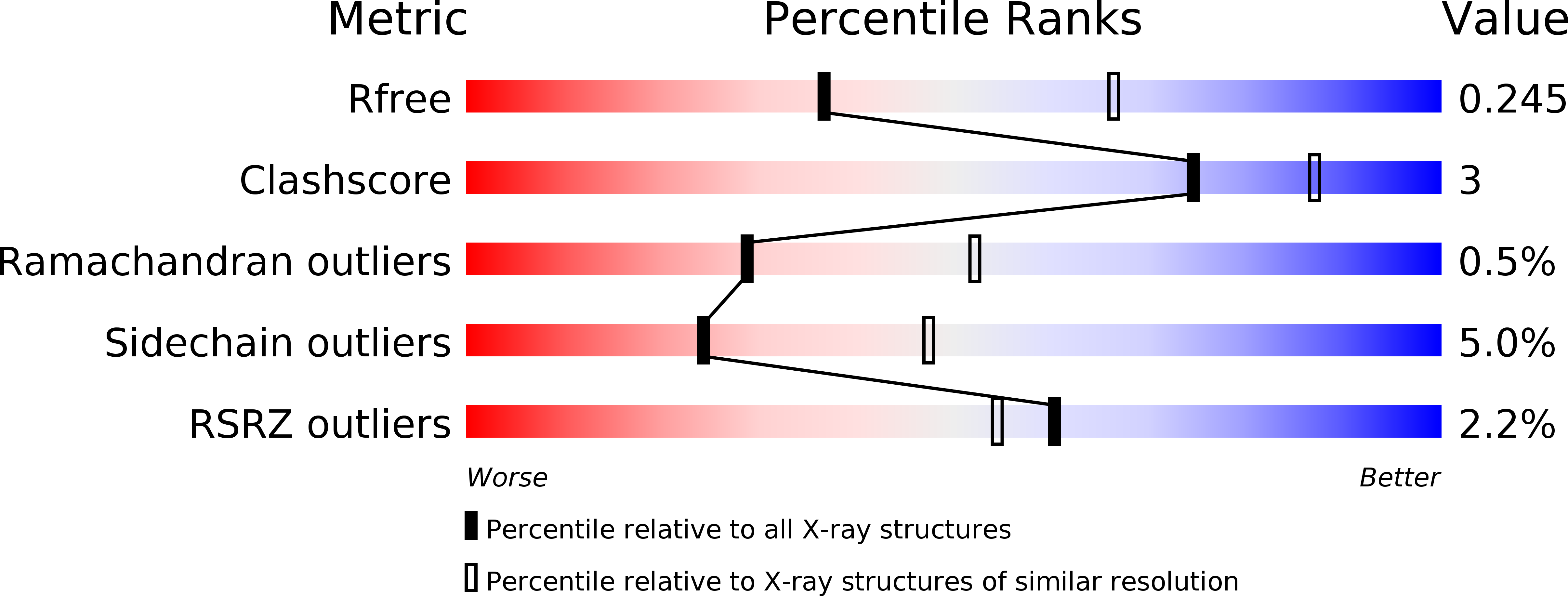
Deposition Date
2013-05-28
Release Date
2013-09-25
Last Version Date
2024-02-28
Entry Detail
PDB ID:
4KYE
Keywords:
Title:
Partial Structure of the C-terminal domain of the HPIV4B phosphoprotein, fused to MBP.
Biological Source:
Source Organism:
Escherichia coli (Taxon ID: 83333)
Human parainfluenza virus 4b (Taxon ID: 11227)
Human parainfluenza virus 4b (Taxon ID: 11227)
Host Organism:
Method Details:
Experimental Method:
Resolution:
2.60 Å
R-Value Free:
0.24
R-Value Work:
0.19
R-Value Observed:
0.19
Space Group:
C 1 2 1


